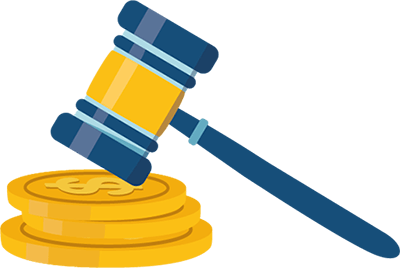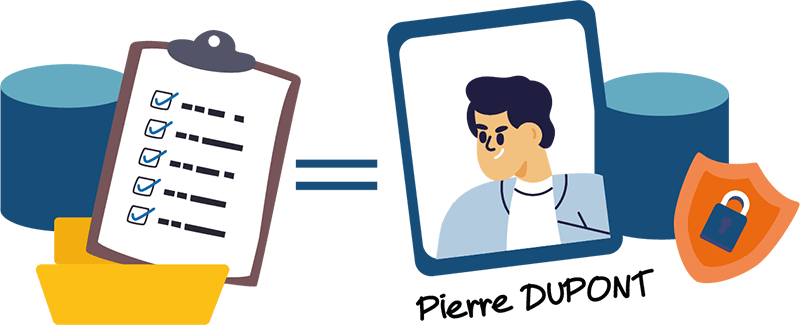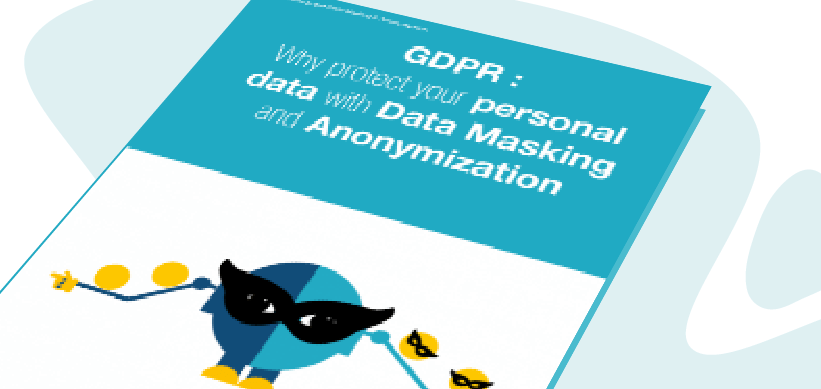What is the GDPR?
The digital economy has profoundly transformed how personal data circulates and gains value worldwide. With the growing number of breaches and intrusions, data protection has become a top priority at both European and international levels.
To safeguard the fundamental rights of EU citizens, the General Data Protection Regulation (GDPR 2016/679) was adopted in April 2016 and came into force in May 2018. This regulation aims to strengthen transparency, security, and accountability among both public and private organizations in data management.
Who is subject to the GDPR and what are the penalties?
Unlike Directive 95/46/EC, the GDPR has an extraterritorial scope: it applies to any organization worldwide that collects, processes, or transfers the personal data of EU citizens, even if the company is located outside the EU.
The penalties set by the regulation are particularly dissuasive:
- Up to €20 million, or
- 4% of the company’s global annual turnover, whichever is higher.
💡 In practice, the GDPR pushes companies to implement technical measures such as pseudonymization and, above all, anonymization to protect data.
Since the GDPR took effect, all organizations are required to protect the personal data they collect, store, or process. But how can they do so without hindering innovation and data-driven initiatives?
The answer often lies in anonymization—a key lever to balance compliance, security, and data value.

What is Data Anonymization?
Anonymization consists of transforming personal data in such a way that no individual can be identified, either directly or indirectly.
Examples of anonymization techniques:
- Removing or replacing unique identifiers (name, client ID, email, etc.)
- Grouping data into broader categories
- Random substitution or generation of consistent fictitious values
- Mixing datasets (data shuffling)
👉 Data masking and anonymization: 6 algorithm types to protect your data

⚖️ Anonymization under the GDPR
Anonymized data is no longer considered “personal data” under the GDPR. To be compliant, anonymization must be irreversible.
Anonymization allows organizations to:
- Reduce the risk of sensitive data leaks,
- Ensure GDPR compliance,
- Facilitate data usage for analytics, testing, or research.
Before performing anonymization, it is essential to precisely identify all personal data concerned.
Why anonymize your data?
The benefits of anonymization go far beyond compliance:
- 🔐 Strengthen the security of test, training, and development environments, which are often vulnerable.
- ⚙️ Preserve the functional quality of applications with realistic datasets.
- 💡 Enable innovation through analytics, simulations, and AI projects without legal risk.
- 🧾 Simplify GDPR audits through clear documentation of processing activities.
👉 Anonymizing your data: why is it important for all organizations

Balancing Compliance and Data Value
One of the main challenges of the GDPR is maintaining the value of data while protecting privacy.
Anonymization meets this challenge when integrated into a global data governance strategy:
- Identify personal data (GDPR register)
- Assess exposure risks
- Apply suitable anonymization techniques
- Verify consistency and irreversibility
- Document the entire process for supervisory authorities
📚 Learn more:
👉 How to use datasets while staying GDPR-compliant
👉 Anonymization: Best practices to implement

GDPR, Anonymization, and Cybersecurity
Data security is a core pillar of the GDPR. Anonymization acts as a preventive barrier against cyberattacks and internal human errors — the main sources of data leaks. Combined with strong security policies, it reinforces the company’s cyber-resilience.
📈 Recommended reading:
👉 The impact of the GDPR on the cybersecurity of a company
👉GDPR: A cybersecurity challenge and true cyberprotection

Data Breaches: Often an Internal Risk
Gartner and Forrester statistics reveal that:
- 70% of security incidents originate from internal sources,
- 80% of risks are linked to employee behavior,
- 65% of these risks go undetected.
This issue is particularly critical during application testing phases, where teams often use copies of production data in unsecured environments — exposing personal data to unauthorized personnel.
💡 Solution: Anonymize datasets used for development, testing, or support to eliminate the risk of leaks while preserving realistic, coherent data.
📈 Learn more:
👉 Prevent data breaches through anonymization

DOT Anonymizer – Your Data Anonymization Tool
DOT Anonymizer is a multi-platform, multi-database, and high-performance solution designed to meet the strictest GDPR requirements.
With DOT Anonymizer, you can:
- Anonymize test data while maintaining consistency,
- Protect all non-production environments.
In Summary
Anonymization is now a core pillar of GDPR compliance, but also a strategic tool for cybersecurity and data value creation.
Through this preventive, pragmatic, and sustainable approach, you can:
- Build customer trust,
- Reduce legal and technical risks,
- And leverage your data securely.
🚀 Learn more:
👉 5 most common questions about data anonymization
👉 GDPR and Anonymization, how far should we go?
👉 Anonymization: best practices to put in place


